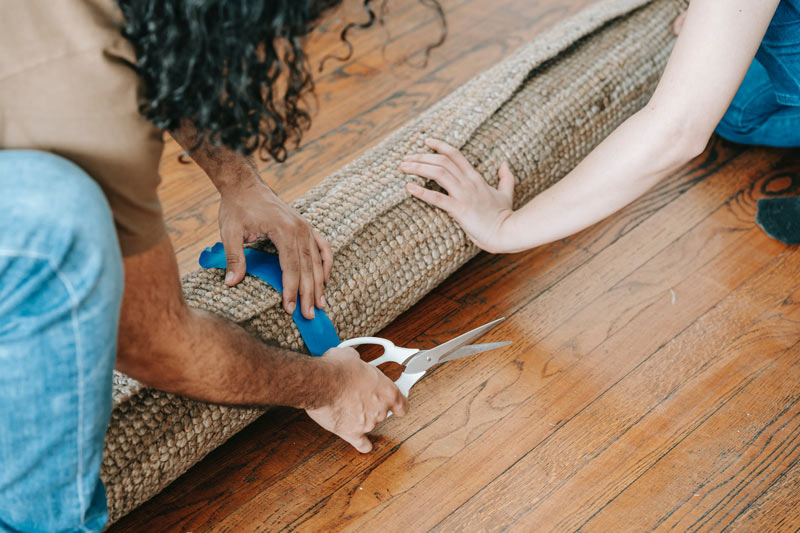Flooring
Floor Preparation for Floating Floors
A floating floor would not allow you to walk across the top of your swimming pool, but it’ll give your old and tired floor a new lease of life. Floor preparation for floating floors is undeniably one of the most critical elements of laying a new floor.
Hence, in this post, we’ll share everything you need to know about preparing your floor for a lasting floating floor.
Floor Preparation
Not many people realize this, but floor preparation is the lengthiest and most important facet of laying a floating floor. Just because you do not see it, doesn’t mean you don’t have to worry about it. Remember, poor floor preparation now can result in delaminating and popping boards that would eventually result in board tears.
Step #1: Check Subfloor
The first step is to check the subfloor. If it’s a carpet, then it’ll need to be removed. But if it’s vinyl or tiles in sound condition, the floating floor can be laid directly over it. Moreover, if it’s a concrete floor, ensure that it’s dry and leveled.
Step #2: Measure Floor
Before you buy any boards, you’ll need to measure up the room. You can measure the length by the width for the total. Another thing to remember is that it’s a good idea to buy one extra pack of boards now as you may not be able to match them later on in case you need to replace some.
Step #3: Skirting & Trimming
The next step is to remove any skirtings. A good tip here is to cut along the top edge with a utility knife. That way, it’ll cut the paint and stop it from tearing. The idea here that when you lay your floating floor, a clearance gap is left. That way, when you’ll put the scooting back on, it will cover that gap, especially near doors.
Step #4: Clean the Floor
Lastly, thoroughly clean the floor before installing the floating floor because any grit or lumps under the plastic can result in tears when you walk on the floor, and it won’t be waterproof.
If you are looking for somebody for floor installation in Melbourne, feel free to reach out to us!

